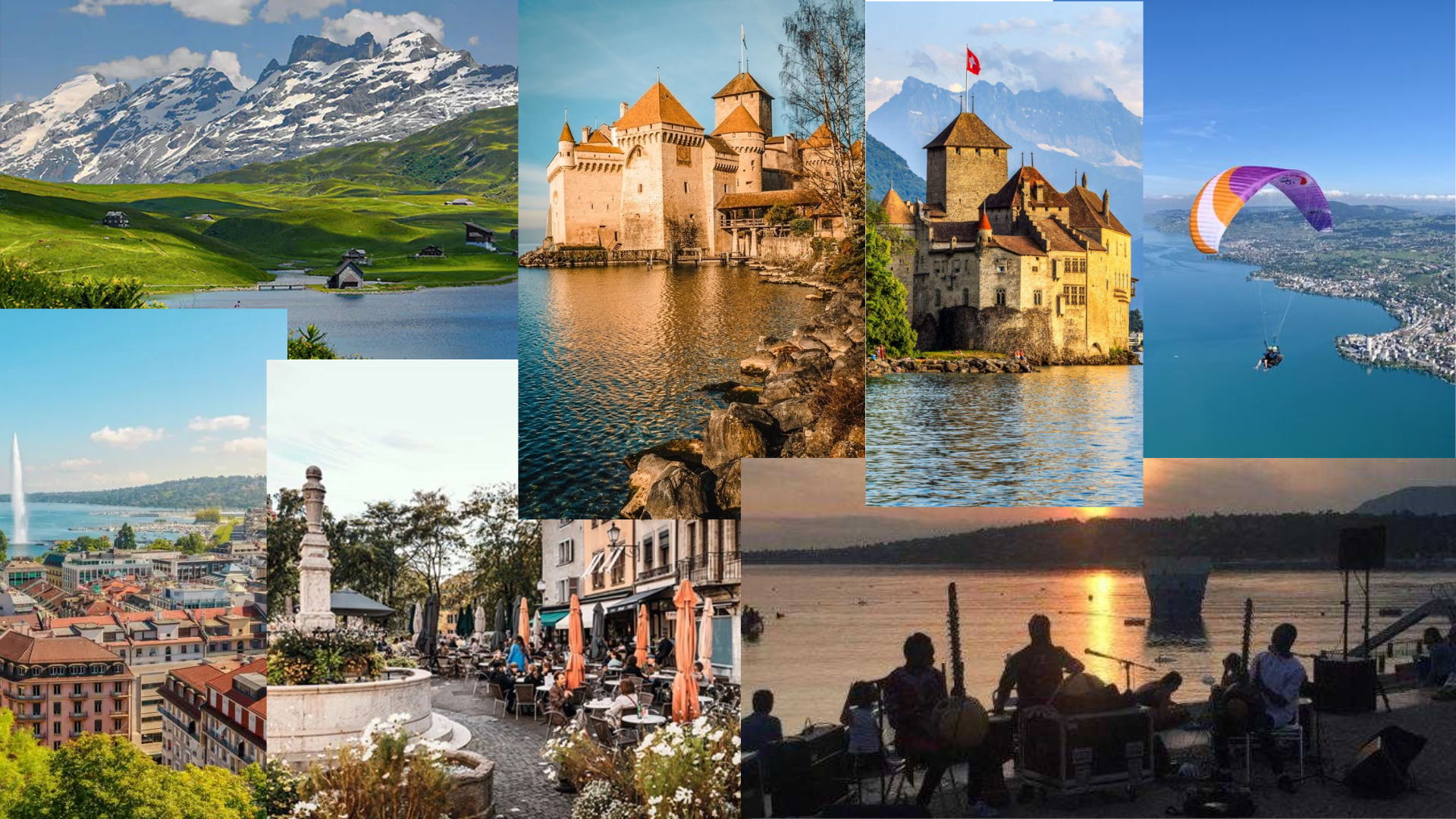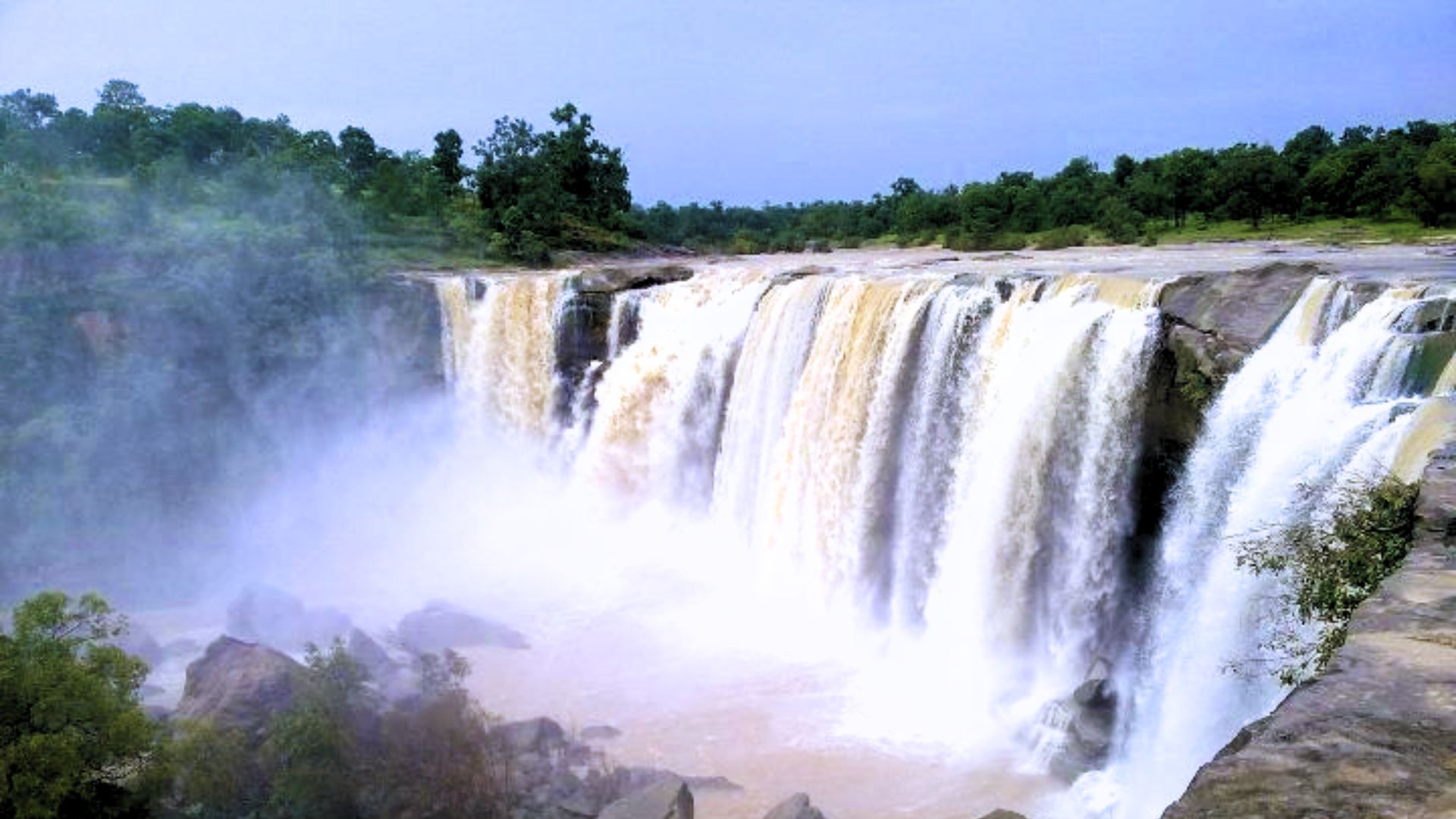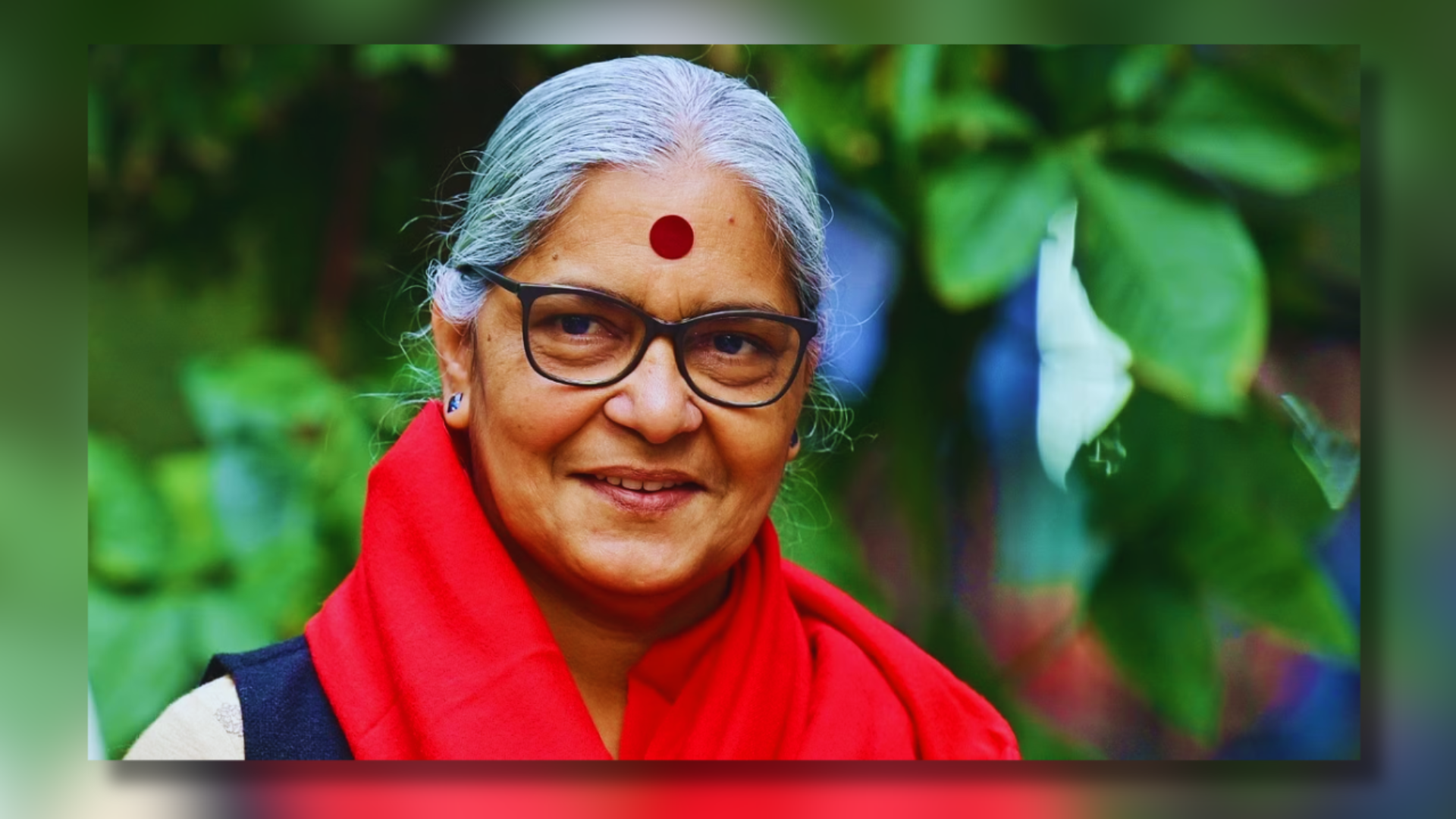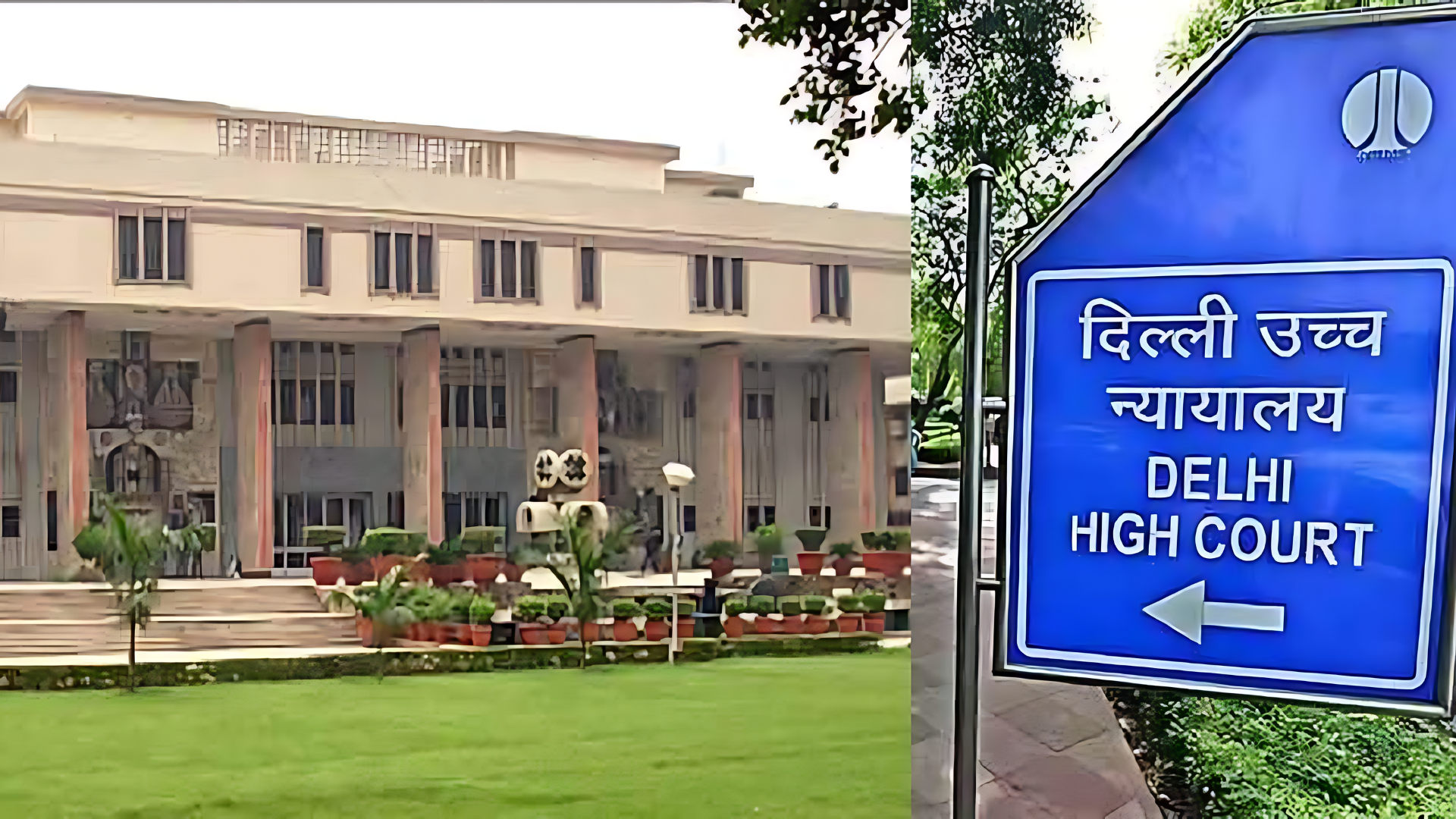










Ever heard of Koriya in Chhattisgarh? It’s a cool place with a history that goes way back. Koriya, officially Korea district, is in north-western Chhattisgarh, Central India. Before the 16th century, not much was known about it. Later, during British times, it became a princely state and joined India after independence. But, it’s not just history; there’s more to it!
Tucked away in the north-western region of Chhattisgarh state lies a district waiting to be discovered – Koriya. With its administrative centre in Baikunthpur, this district blends history and biodiversity that dates back centuries.
Before the 16th century, Koriya remained relatively unknown. It emerged as a princely state during British rule, alongside Chang Bhakar. Following India’s independence in 1947, Koriya and Chang Bhakar joined the Union of India, becoming part of the Surguja District in Madhya Pradesh.
While Korea may not be a familiar name to many, it is significant in India’s wildlife history. Tragically, it was here in 1947 that Maharaja Ramanuj Pratap Singh Deo of Korea shot down three of the last Asiatic cheetahs, marking the species’ last sighting in India. This event underscores the importance of wildlife conservation.
Despite this dark chapter, Koriya District today is a treasure trove of natural wonders. The Guru Ghasidas National Park spread across 1,500 km², is a sanctuary for diverse flora and fauna. Established in 2000 within the newly formed Chhattisgarh state, this park is a vital conservation area, boasting rich biodiversity and serving as a habitat for tigers.
But Koriya’s allure extends beyond its national park. Lush green forests, cascading waterfalls, and picturesque landscapes define the district’s natural beauty. These forests, teeming with diverse plant and animal life, not only contribute to ecological balance but also offer opportunities for eco-tourism and cultural exploration.
As Koriya District looks towards the future, conservation efforts remain paramount. By protecting its natural heritage, the district aims to preserve its legacy for generations to come, ensuring that its beauty and biodiversity continue to inspire awe and appreciation.









